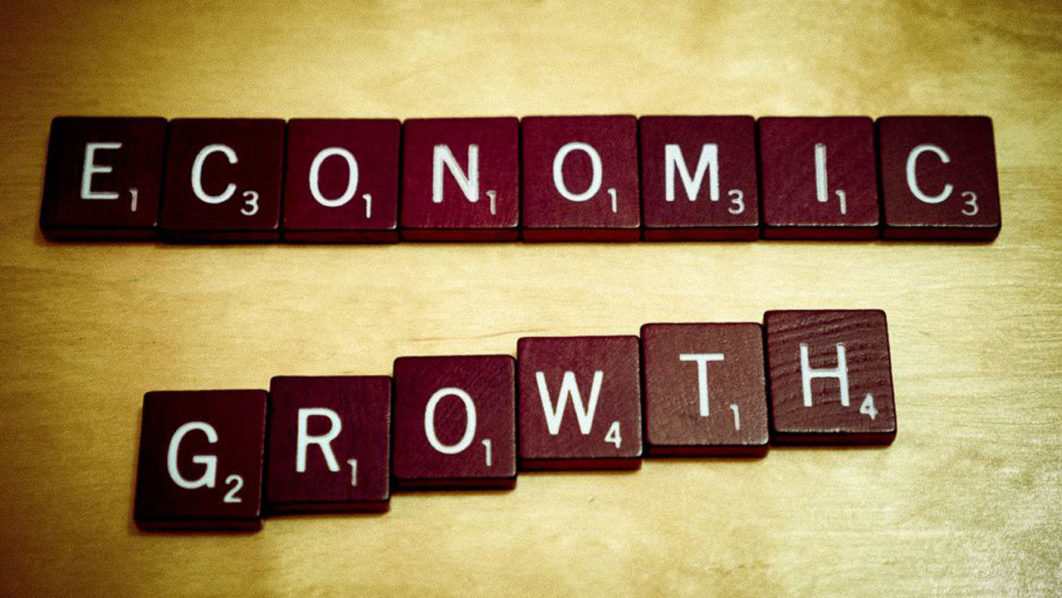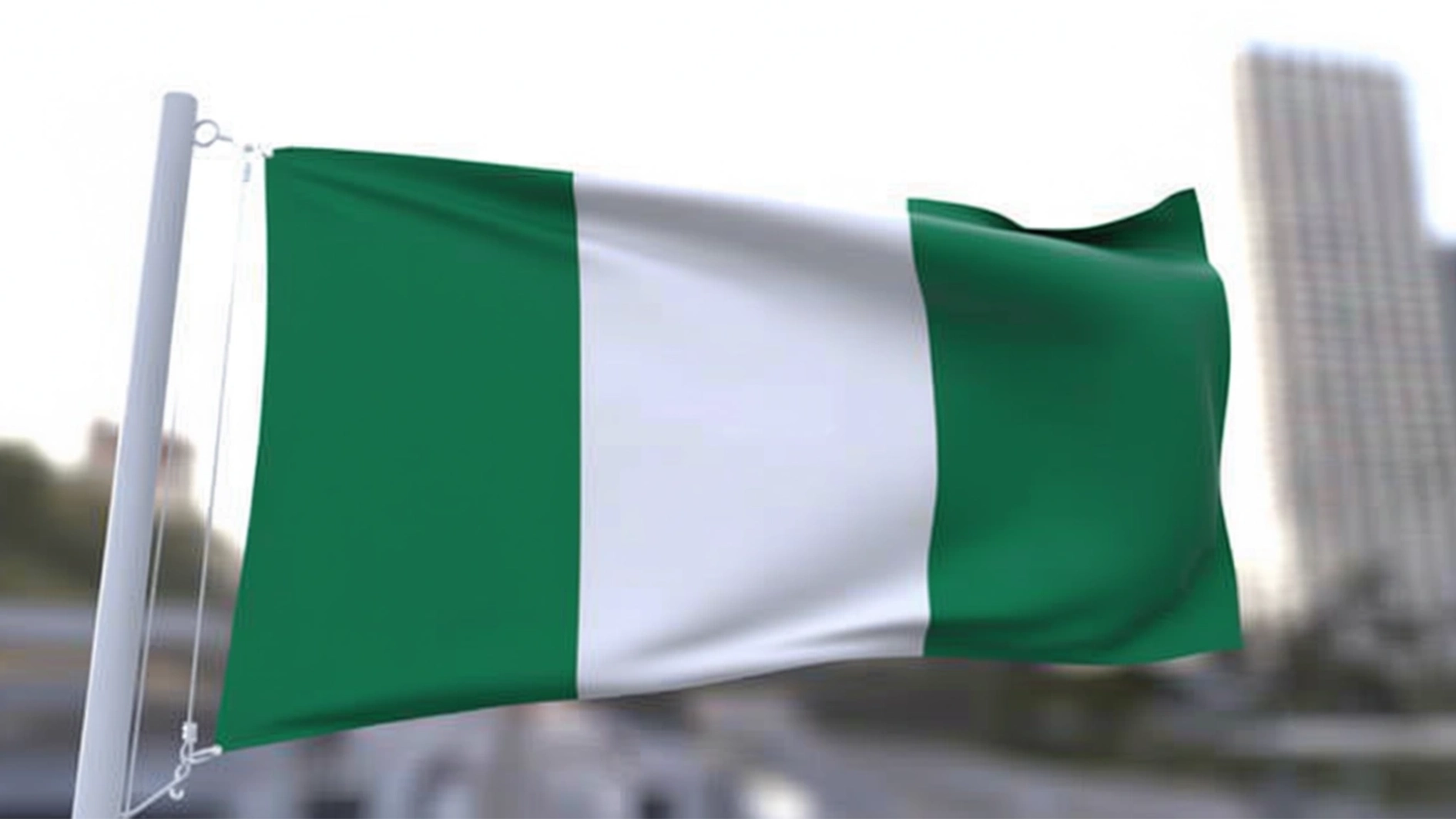
Following months of comprehensive planning, the Federal Government has unveiled details of its bold and strategic plans to generate at least $100 billion and create over two million jobs from Nigeria’s creative economy yearly.
The government’s plan was unveiled yesterday by the Minister of Art, Culture and the Creative Economy, Hannatu Musa Musawa, at a roundtable for local and international investors where she presented her ministry’s eight-point plan and roadmap.
Speaking at the event hosted by the ministry at the Wheatbaker in Ikoyi, the Minister said that if implemented to its fullest, the plan has the potential to achieve the above-stated objectives.
She listed the eight-point plan as follows: Nigeria Destination 2023, a national initiative designed to grow the arts, culture and creative economy under one united vision; skills development; fast-track policy frameworks; strategy governance and collaboration; smart strategic partnerships; growth targets for GDP contribution and sectoral output; enabling business environments; and cultural heritage preservation and sustainability.
She lamented that despite its huge potential, Nigeria’s creative industry currently contributes just $5 billion to the economy, with its different sub-sectors at various stages of development.
The sectors include music (sound recording, live performances and music videos), visual media (movies, TV shows, comedy shows, podcasts, content creation), visual arts and crafts (canvas painting, design, sculpturing, woodwork and other craft works), heritage and museums, culinary arts, fashion, publishing (books, literary arts, poetry, magazine) and video gaming.
According to the National Bureau of Statistics, Nigeria’s creative economy has a very low contribution to overall GDP in comparison with benchmark countries, with the industry contributing just 1.2% to Nigeria’s GDP in 2022, the least when compared to other African countries like Morocco (2.7%), South Africa (3.0%), and Egypt (4.3%). It also ranks low (1.0%) in its ability to earn government revenue from the sector, compared to South Africa’s 12.5%.
To achieve its ambition, Musawa said the ministry has identified 14 pivotal initiatives that will drive the sector’s growth and significantly boost government revenue.
Musawa said that Nigeria’s creative economy has the potential to grow by 400 per cent by 2027, positioning the sector to leapfrog in the long term and deliver the vision for the sector. She revealed that the ministry has already created several initiatives and entered collaborations towards the realisation of its set goals.






